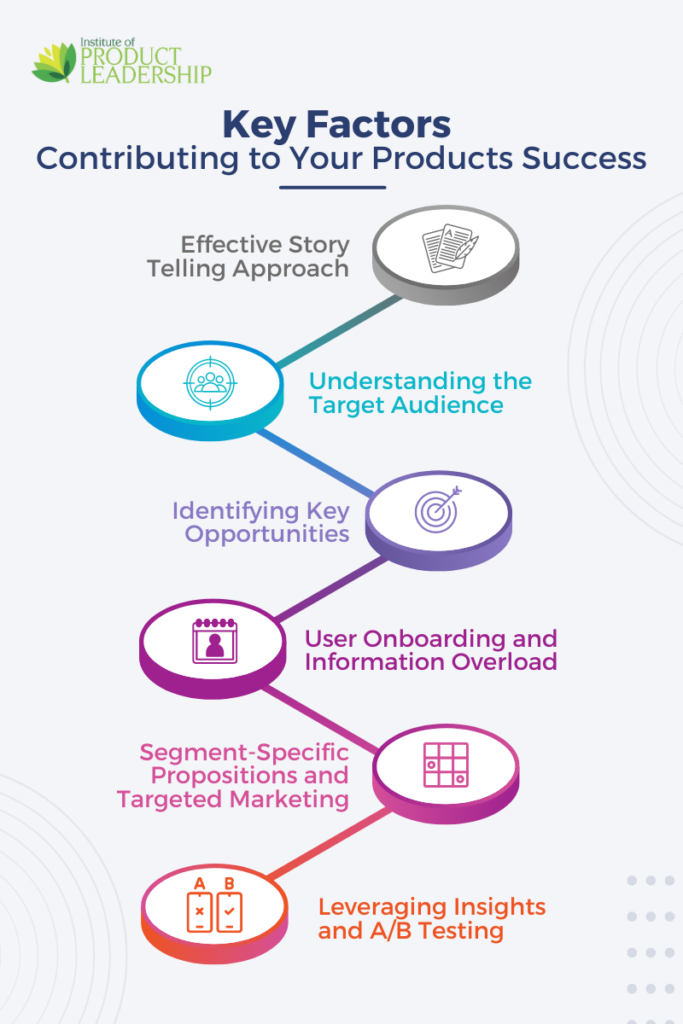Taking Products to Market: Strategies for Success
- product management
- 5 min read
By Somil Agrawal – Senior Vice President, Head of Marketing, Shiprocket
In today’s ever-evolving and competitive business landscape, getting your new products to market successfully has become a dynamic endeavor requiring a strategic approach. Whether you are a startup founder, a product manager, or an aspiring entrepreneur, understanding these strategies can empower you to make informed decisions, enhance your market positioning, and amplify your chances of victory.
The various critical aspects of product launch involve understanding the interest of the target audience, identifying the problem their product can solve, and further implementing effective marketing strategies to outstand their products. This particular blog will delve into several key factors that contribute to the success of a product, based on insights from the industry.
Key Takeaways:
- Effective story-telling plays a significant role in making products desirable by connecting with consumers on an emotional level.
- Understanding the target audience’s requirements and the problem the product solves is crucial for product success.
- Identifying the right opportunities to engage with customers and aligning go-to-market strategies accordingly increases the chances of product adoption.
- User onboarding and minimizing information overload are important for ensuring a seamless user experience.
- Segmenting the target audience and tailoring marketing propositions to specific customer segments yields better results than a one-size-fits-all approach.
- Leveraging insights from data analysis, and A/B testing helps organizations refine their marketing strategies and optimize their products for market acceptance.
6 Key Factors Contributing to Your Products Success
Various elements influence the journey and reach of a product, and understanding these elements tends to be highly crucial for attaining success. Some of the key factors include:
1. Effective Story-Telling Approach:
Developing a strong story tends to be highly significant in making the products desirable to consumers. Every successful product, such as Apple products, doesn’t stand out from the competition merely because of their technical specifications, but because they excel at weaving a compelling narrative around the product, hence fostering a strong consumer connection. Companies can easily drive sales and establish themselves as successful product-based companies by highlighting the benefits of the product and its impact on the consumer’s life.
2. Understanding the Target Audience:
Understanding the requirements and issues faced by the target audience and the problem the product can solve tend to be one of the key pillars of product success. By defining the ideal customer profile, companies can tailor their products to meet specific needs and preferences. This understanding enables organizations to develop effective marketing campaigns that resonate with their target customers. It is crucial to remember that the target audience is not necessarily the same as the internal team; companies must step outside their own perspectives and view the product through the lens of the consumer.
3. Identifying Key Opportunities:
Identifying the right opportunities is vital for the success of any product. Organizations can pinpoint the optimal moments to engage with customers which will drive product adoption by analyzing the buying behavior and preferences of the audience. Previous research and articles proved that when a new offering is promoted at the right moment, there is a higher probability for moment users to upgrade to a new smartphone. Understanding these key moments help companies better align their go-to-market strategies and target the users effectively during critical decision-making periods.
4. User Onboarding and Information Overload:
User onboarding impacts customer behavior significantly. Users must be provided with clear guidance and support, especially those who are new to the product. A seamless and intuitive onboarding experience can help users navigate the product’s features and maximize its benefits. Furthermore, addressing information overload, particularly in digital products is also very important. Companies must try their level best to streamline the user interface by focusing on the most relevant information, hence ensuring that users can quickly grasp the product’s value proposition and engage with it effectively.
5. Segment-Specific Propositions and Targeted Marketing:
Segmenting the target audience and tailoring propositions to specific customer segments is another key aspect of successful product marketing. You must identify the unique needs or preferences of the customers, and understand that a one-size-fits-all approach may not yield optimal results. Hence, develop targeted marketing campaigns and value propositions that resonate with each group in order to address the specific pain points and aspirations of different customer segments. This approach will increase the likelihood of product adoption and success manifold.
6. Leveraging Insights and A/B Testing:
To get your product the required success, organizations must leverage insights derived from data analysis and user feedback. A/B testing and robust analytics can be effective strategies for gaining valuable insights into user behavior, preferences, and patterns. These insights help organizations make informed decisions enabling them to refine their marketing strategies, product features, and user experiences. Furthermore, with continuous analysis of data and different testing approaches, companies can optimize their products for maximum market acceptance.
Frequently Asked Questions
Four recent trends in marketing include personalization, influencer marketing, video marketing, and voice search optimization. These trends reflect the increasing focus on tailored messaging, leveraging influencers for brand promotion, the popularity of video content, and adapting to the growing use of voice assistants.
Some common pitfalls include inadequate market research, targeting the wrong audience, underestimating competitors, lack of effective marketing and promotion, and ignoring customer feedback. Avoiding these pitfalls can increase the chances of a successful product launch.
Key performance indicators (KPIs) such as sales figures, customer satisfaction ratings, conversion rates, and market share can help businesses measure the success of their product launches. They should also monitor customer feedback, online reviews, and social media sentiment to gauge customer reception and make necessary improvements.
About the Author
Somil Agrawal – Senior Vice President, Head of Marketing, Shiprocket





